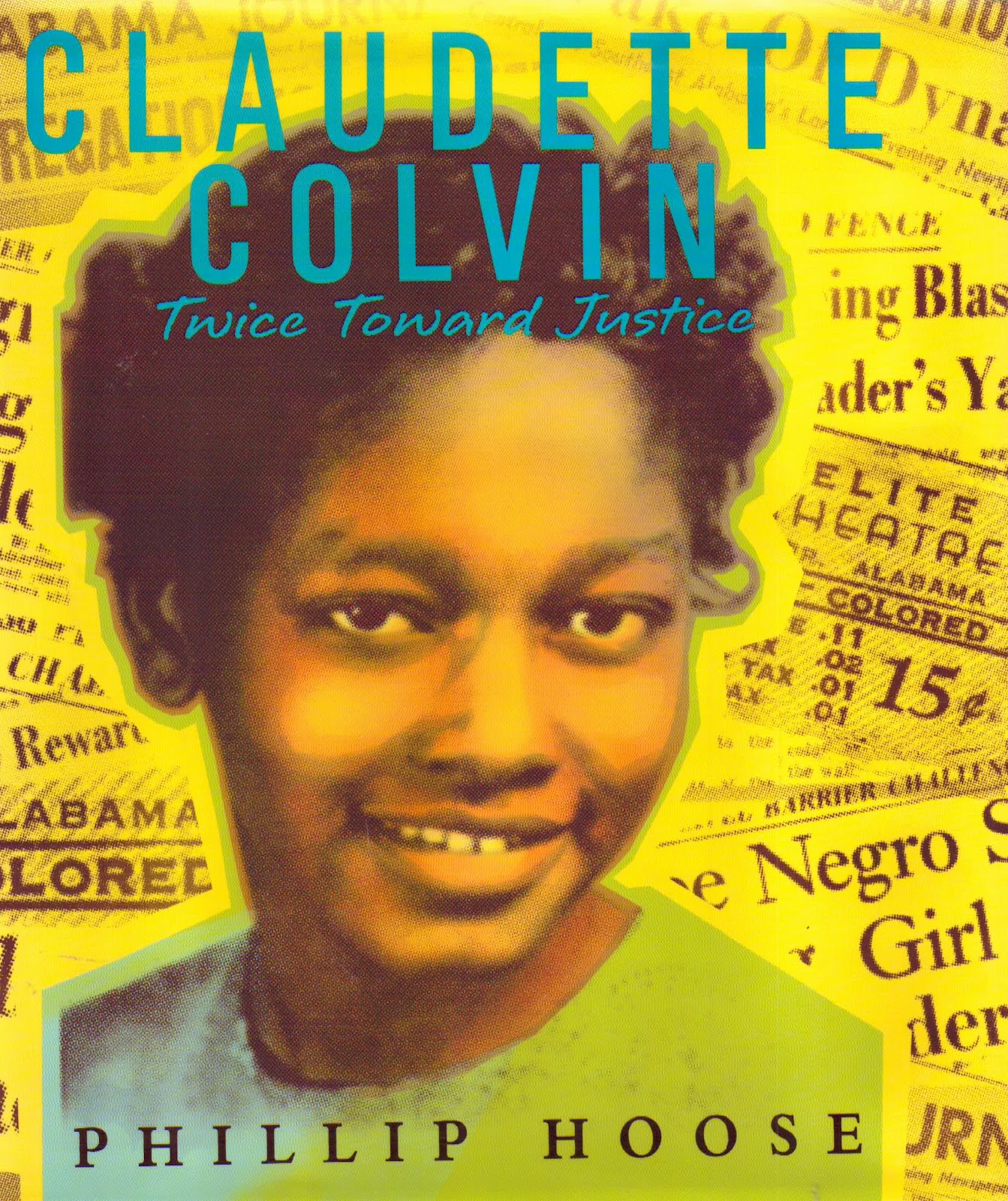

Before long, more than 100 letters of support flooded into Montgomery. praised her and began to share her story. It sounded final.”Īfter her pastor bailed her out, Black leaders like Martin Luther King Jr. The lock fell into place with a heavy sound. He shut it hard behind me and turned the key. He opened the door and told me to get inside. She said, “Someone led me straight to a cell without giving me any chance to make a phone call. She sat handcuffed between them, reciting the Lord’s Prayer and the 23rd Psalm in her head.Ĭlaudette Colvin assumed she’d be taken to the juvenile court because of her age, but she was ultimately taken to the adult jail. On the way to the police station, the cops called her a “thing” and a “n*gger b*tch” and guessed at her bra size. “I paid my fare, it’s my constitutional right,” the teen, who had been studying Jim Crow laws in school, yelled in a squeaky voice. The police were called and they dragged a crying Colvin off the bus. “If she sat down in the same row as me, it meant I was as good as her,” Colvin later told The New York Times. The driver ordered Colvin to go stand in the back, even though two other seats in Colvin’s row were empty. Then 15 years old, she had been riding home from school when a white woman stepped on the crowded bus. She grew up in one of the city’s poorest neighborhoods and focused most of her energy on school - studying hard and earning mostly A’s.īut on a fateful day in 1955, Colvin decided to fight for her civil rights. Who Was Claudette Colvin?Ĭlaudette Colvin was born in 1939 in Montgomery, Alabama. But while Parks’ name became synonymous with the civil rights movement, Colvin’s was forgotten.

She even used the same peaceful act of civil disobedience. Wikimedia Commons Claudette Colvin was just 15 when she made her stand.īut her activism didn’t stop there - she later became one of the four female plaintiffs in the court case that overturned Alabama’s bus segregation laws.Ĭolvin fought for the same cause in the same city as Parks.


 0 kommentar(er)
0 kommentar(er)
